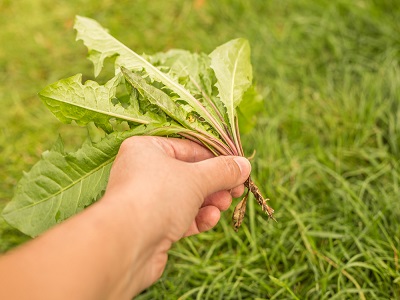
Have you ever been to the lawn care and garden center and been confused about which fertilizer you need? There are many different formulations and brands of fertilizer for new lawns. The only way consumers can make wise decisions and purchase the right fertilizers for new lawns is to be able to understand the numbers on the bags.
Choosing Fertilizers For New Lawn
When you go to purchase fertilizer, you will see three numbers listed on the bags. These numbers are important. This numbers will tell you the percentage of nitrogen, phosphorus, and potassium that is in the fertilizer.
The first number that is listed on fertilizer bags is nitrogen. Nitrogen is good for lawns because it can really help to green up a dull yard. If you already have a mature, existing lawn, you will probably not need a high percentage of nitrogen in your fertilizer.
The second number that is listed on fertilizer bags is phosphate. Phosphate helps the grass seed to germinate and it promotes root health. New lawns will need an application of fertilizer that is fairly high in phosphate.
The third number that is listed on fertilizer bags is potassium or potash. Potash helps to strength lawn grass. Strong roots and healthy grass is the key to a great ground cover.
Conway Lawn Care Services recommends that you consider doing a soil test on your soil before you choose a fertilizer for new lawns. Having a soil test can truly save you money in the long run. Who wants to purchase fertilizer if it is not needed? Likewise, you may hurt your lawn by adding things to it that it does not need.
Lawn grass grows best when it is planted in soil that has a pH of 6.2 – 6.5. What this means is that your lawn grass will receive the most nutrients if it is planted in soil within this pH range. Most soil tests will give you recommendations on what amendments or fertilizers you need to add to your soil to get it to the desired pH level. Soil tests will show you the levels of phosphorus, magnesium, and calcium that are currently in your lawn soil so you don’t make costly mistakes.
If you have cool season grass, such as Bentgrass, Kentucky Bluegrass, Rough Bluegrass, Tall Fescue, Creeping Fescue, Annual Ryegrass, and Perennial Ryegrass, you will want to fertilize your new lawn in the fall. The months between September and December are the best months for fertilization. This lawn care Myrtle Beach tip will promote root growth and help the grass to be tolerant to heat and drought in the summer heat. It will also help your grass to green up faster in the spring, which is a major plus.
If you have warm-season grass, such as Argentine Bahiagrass, Pensacola Bahiagrass, Common Bermuda, Improved Bermuda, Carpetgrass, Centipede, St. Augustine and Zoysiagrass, you should add fertilizer to new lawns in the spring and summer. The months between April and July are the best time to add fertilizer.
Not interested in fertilizing your lawn yourself? Give Conway Lawn Care Services a call today before the heat of summer is here.
Conway Lawn Care Services
Conway, SC 29526
843-353-2259
http://conwaylawncareservices.com/

